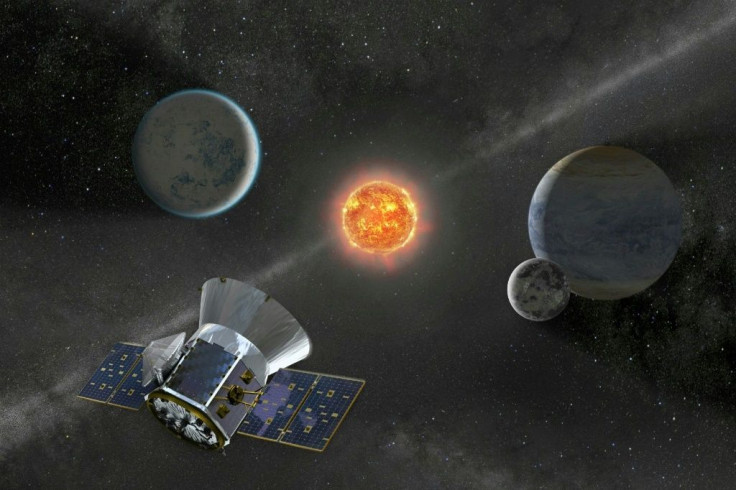New Space Telescope Can Help Stop 'Hazardous' Asteroids From Hitting Earth
KEY POINTS
- NASA has approved the NEO Surveyor space telescope to move to its design phase
- It is designed to help scientists discover NEOs approaching Earth and identify which ones can potentially hit the planet
- NEO Surveyor's launch is scheduled for the first half of 2026
A NASA telescope will soon be able to help scientists spot asteroids and comets that could potentially pose a threat to Earth.
As part of NASA’s planetary defense efforts, the space agency recently approved the Near-Earth Object Surveyor space telescope, or NEO Surveyor, to move to its design phase, according to a news release on its website. According to scientists, the 20-foot-long (6-meter-long) telescope will help astronomers identify asteroids and comets that come within 30 million miles of Earth’s orbit.
NEO Surveyor would make it easier to discover and categorize near-Earth objects (NEOs) that could pose danger to the planet, NASA scientists said.
"NEO Surveyor will have the capability to rapidly accelerate the rate at which NASA is able to discover asteroids and comets that could pose a hazard to the Earth, and it is being designed to discover [90%] of asteroids 140 meters (459 feet) in size or larger within a decade of being launched," said Mike Kelley, NEO Surveyor program scientist at NASA Headquarters, in the statement.
.@NASA approved the Near-Earth Object Surveyor space telescope (NEO Surveyor) to move to the next phase of mission development.
— NASA Asteroid Watch (@AsteroidWatch) June 11, 2021
NEO Surveyor would help #planetarydefense experts expedite the search for near-Earth Objects (#NEOs) and #asteroids.
More: https://t.co/3exgwNU8L3 pic.twitter.com/ccqddh4GTA
In 2010, NASA achieved its goal of identifying about 90% of NEOs larger than 3,200 feet (1,000 meters) in size. Now, the space agency is working toward discovering NEOs much smaller in diameter -- about 460 feet (140 meters). Hopefully, with the help of the NEO Surveyor telescope, scientists will be able to identify more asteroids.
“Each night, astronomers across the globe diligently use ground-based optical telescopes to discover new NEOs, characterize their shape and size, and confirm they do not pose a threat to us,” said Kelly Fast, program manager for NASA’s NEO Observations Program.
"Those telescopes are only able to look for NEOs in the night sky. NEO Surveyor would allow observations to continue day and night, specifically targeting regions where NEOs that could pose a hazard might be found and accelerating the progress toward the Congressional goal,” Fast continued.
Discovering, identifying and tracking asteroids and comets that come within Earth's orbit are crucial to the agency's preparations for the possibility of these NEOs heading for Earth. Scientists are hopeful that the NEO Surveyor will make it significantly easier for them to discover NEOs more quickly.
“By searching for NEOs closer to the direction of the Sun, NEO Surveyor would help astronomers discover impact hazards that could approach Earth from the daytime sky,” said Amy Mainzer, survey director for NEO Surveyor at the University of Arizona.
She continued, "NEO Surveyor would also significantly enhance NASA’s ability to determine the specific sizes and characteristics of newly discovered NEOs by using infrared light, complementing ongoing observations being conducted by ground-based observatories and radar."
The NEO Surveyor's mission launch is currently scheduled for the first half of 2026.

© Copyright IBTimes 2025. All rights reserved.





















